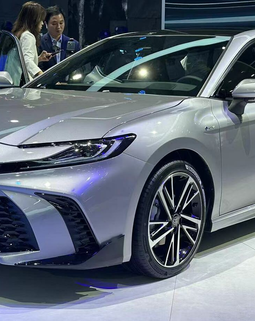Image Courtesy Kia Official Website
The Kia Rio is an urban B-segment vehicle that has been manufactured by Kia since 1997. It is currently marketed in its fourth generation, presented in 2017, which received a slight facelift in mid-2020, the main new feature of which was the incorporation of micro-hybrid engines. The Kia Rio is characterised by being one of the most spacious city cars in its segment, with a great price/quality ratio, as well as the aforementioned micro-hybrid powertrains that are accompanied by a manual gearbox with a by-wire clutch. The Kia Rio is manufactured at the Gwangmyeong factory in South Korea.
Among the urban cars that aspire to rival the Kia Rio, there are other utility cars in its class, including the Renault Clio, the Peugeot 208 and the SEAT Ibiza.
Exterior design of the Kia Rio
The Kia Rio is a city car that fits into the B-segment in terms of dimensions. At 4.07 metres long, it is at the top of its class, slightly ahead of rivals such as the Renault Clio (4.05 metres), or the Peugeot 208 and SEAT Ibiza (both 4.06 metres). It has a very youthful and contemporary exterior design, featuring a "tiger-nose" front grille, which has been stylised in the 2020 restyling, as well as LED fog lights located in the side air intakes and made up of four huge LEDs.
Kia Rio engines
The Kia Rio's engine line-up consists of three gasoline engines. The entry-level engine is a naturally aspirated 1.2-litre four-cylinder that develops 84 PS at 6,000 rpm and 118 Nm of torque, and is available only with a five-speed manual transmission. Above it are engines based on a one-litre turbocharged three-cylinder block with a maximum output of 100 hp or 120 hp, which are available with an iMT manual transmission with a six-speed by-wire clutch.
Kia Rio interior

Image Courtesy Kia Official Website
The interior design of the Kia Rio is notable for its simplicity, visual appeal and seemingly good ergonomics, which is attributed to physical controls for the climate control and radio volume, a raised position for the multimedia system and traditional analogue dashboard. Overall, then, the design looks contemporary, with a choice of various trim finishes for the inserts, relatively good fit, but with some overuse of hard plastics.
Also of note is the second-generation Kia Connect infotainment system with 20-centimetre (8-inch) touchscreen, Apple CarPlay and Android Auto connectivity, as well as some useful real-time information.
It stands out for its on-board comfort, its good driving feel, with a noble reaction behaviour and powertrains that are recommended for urban environments.





